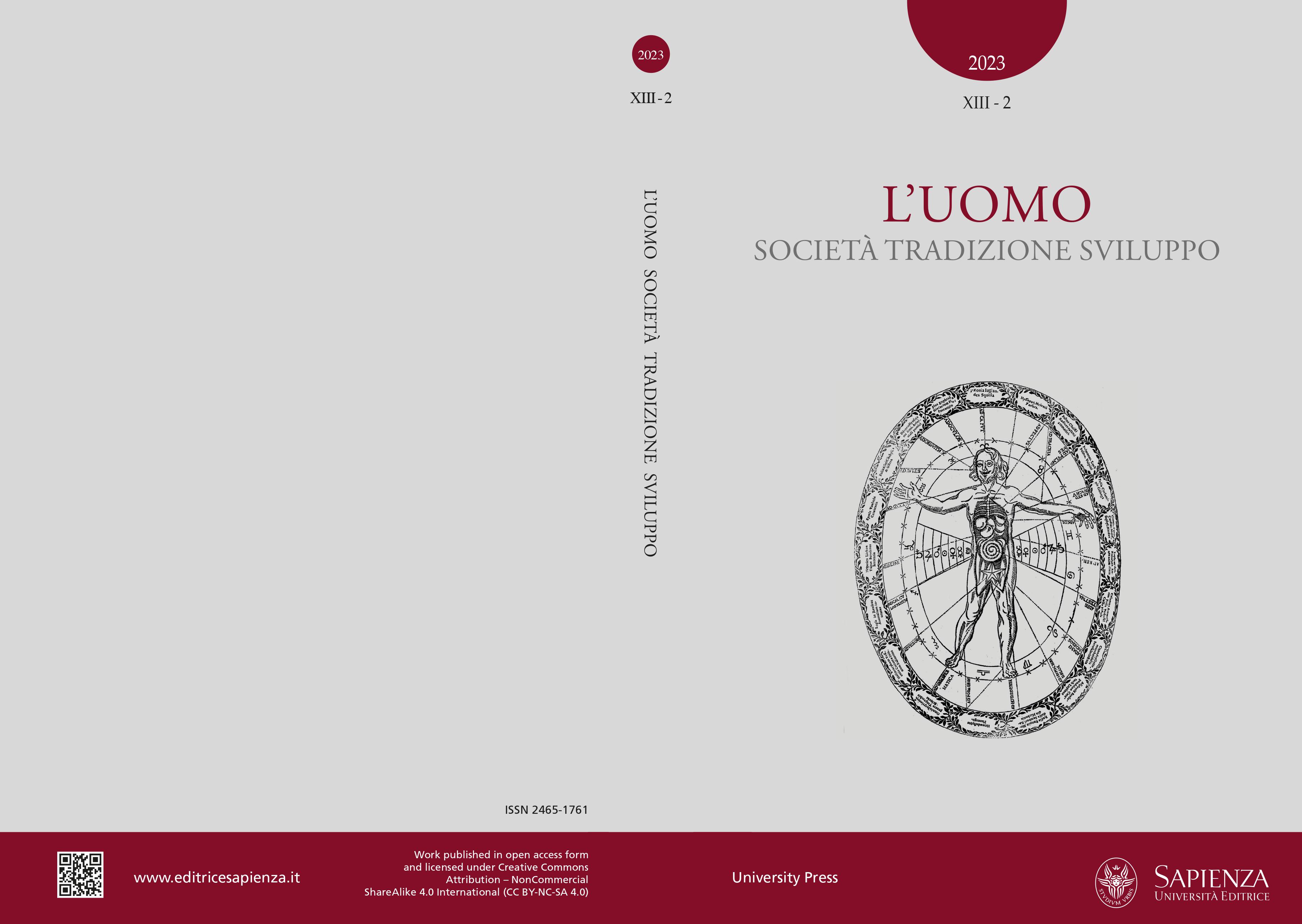Genethic India
Parole chiave:
Hindutva, authocthony, ethnicity, caste, genetic flowAbstract
With the crucial question «who is Hindu?» that Savarkar placed at the opening of his manifesto book, Hindutva, a radical line of affirmation of Indian identity emerged at the beginning of the twentieth century. An ideology that attributes the essential and exclusive value of Indianness to the origins, to the Vedic and Brahmanical roots, to the community of blood, to religion. The question of autochthony, the controversial theory of the Arya Invasion, the persistence of the caste hierarchy as an essential cultural heritage, return today to fuel the public debate, while on a scientific level, biomolecular research on the genetic composition of the Indian population opens up new grounds for comparison. The traditional pre-eminence of the Brahmin caste, the caste of the pure par excellence, claims to be confirmed in genetic evidence, thanks to specific markers that distinguish the lineages of the «twice-born» from those of the lower castes. However, this original and persistent exclusivity, which is maintained over the centuries thanks to a caste endogamy that seeks to preserve the purity of the ascriptive identity across generations, does not find unambiguous confirmation in the results of biogenetic research. The phylogenetic network of DNA-lines that branch out across the geography of the subcontinent, in fact, turns out to be much more varied and composite than one would expect, and the alleged continuity of the elite component, than that which continues to evoke the Arya legacy, cannot find validation in biostatistical data, nor in archaeological and paleogenetic data.


